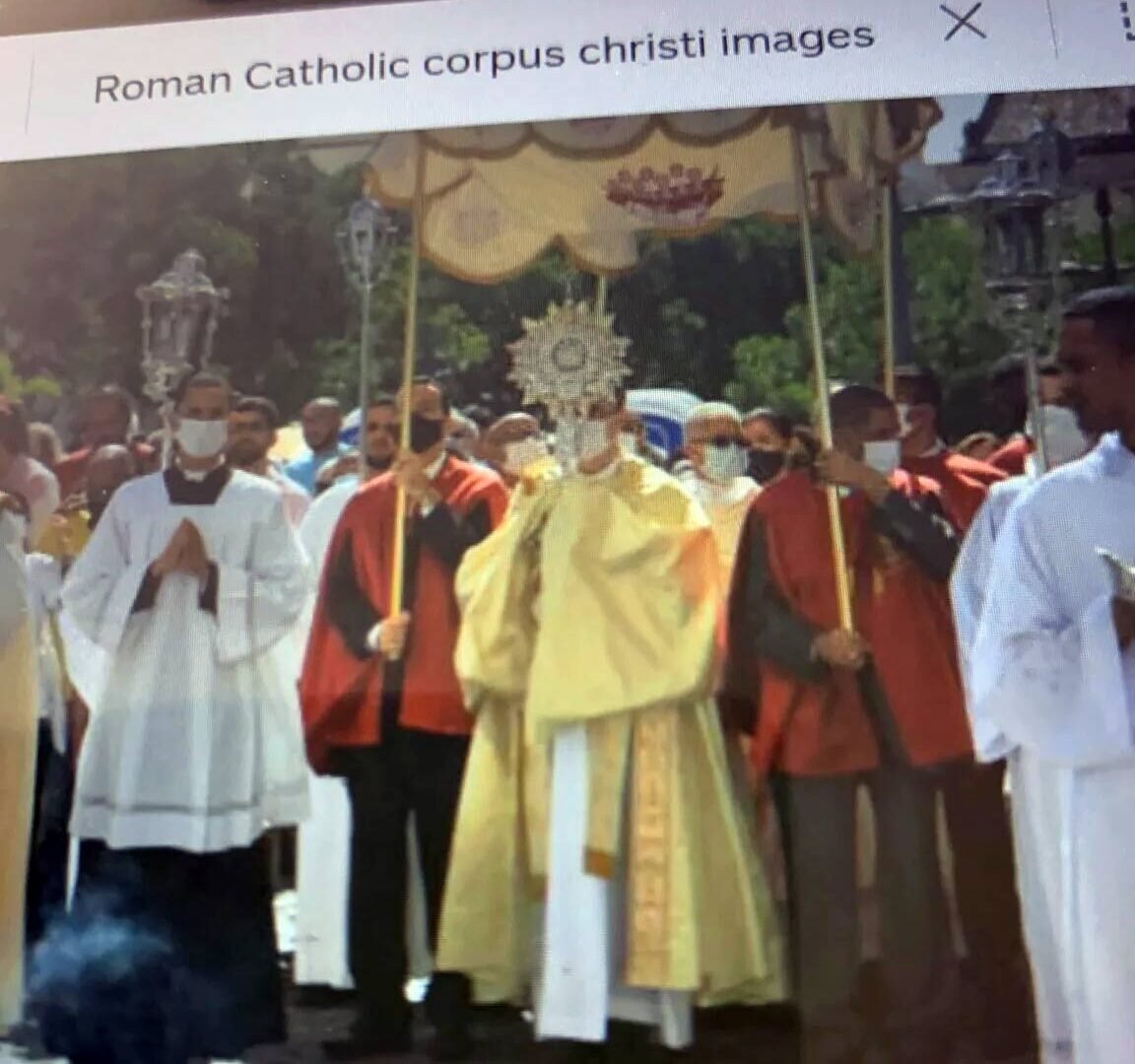Eastern Christianity
Byzantine rite: Italo-Greek and Ukrainian traditions
Eucharistic devotion in Byzantine rite before introduction of the feast of Holy Eucharist was primarily expressed in the offices of preparation to Holy communion, that borrow their structure from the liturgical hour of Orthos (appropriate psalms followed by a Canon and a sequence of prayers). In the most developed form, practiced in old believer communities, the preparation for Communion includes also three minor hours adapted for the occasion.[42]
As both the devotion to the Eucharist and the texts that can be put to liturgical use existed by that time, the Byzantine rite Christians of South Italy who were in communion with the Pope at time of Transitus de hoc mundo, were quick to arrange them into a new feast that was set on the same date as in the Latin rite. From the beginning of the 14th century, manuscripts of Grottaferrata liturgical books include the feast of “Holy and Immaculate Body and Blood of our Lord Jesus Christ”, with liturgical texts taken from either preparation to Communion prayers, or the preexisting feasts, e.g. Holy Thursday. Over the following centuries, new texts were added to them.[43]
After the Union of Brest, Ruthenian Greek Catholics gained access to educational institutions in Rome, and became familiar with Italo-Byzantine feast of the Holy and Immaculate Body and Blood of our Lord Jesus Christ. This liturgical tradition became the foundation of adopting this feast in Ukrainian Greek Catholic Church, having the Italo-Greek texts as its core, and adding some new proper compositions. In fact, before the standardization of the texts of the feast around the time of the Synod of Zamoisk, it existed in existed several versions, that shows its “bottom-to-top” origins, as opposed to the idea of it being introduced forcefully by a Latin-minded central authority.[43] The only properly Latin elements of the celebration were the Synaxarion that is adapted from a homily of Thomas Aquinas and the procession with the Holy Gifts. In the current use of UGCC, both of these elements are excluded.
